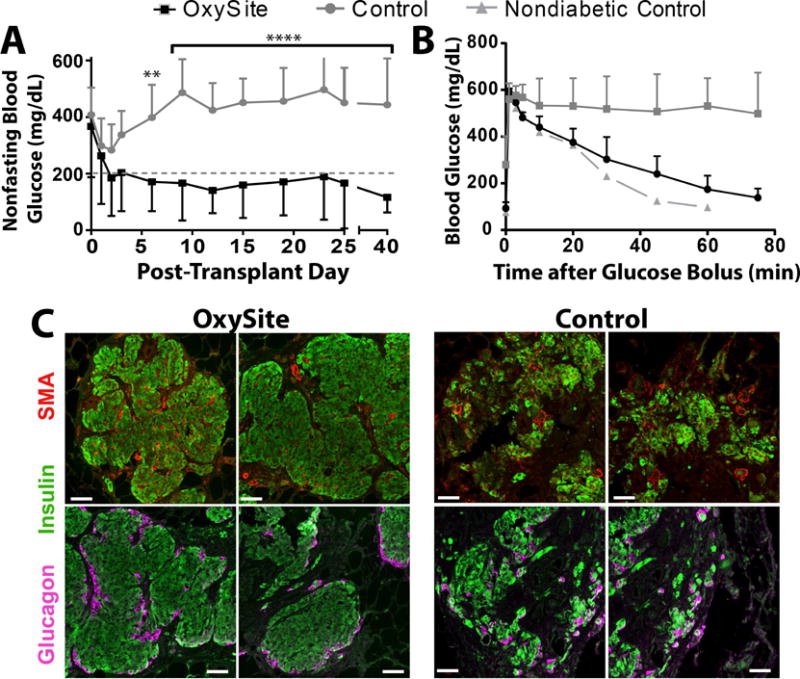Figure 9. Co-culture of rat islets with OxySite resulted in enhanced functional outcomes when transplanted into diabetic syngeneic recipients.

A) Average nonfasting blood glucose levels of rats receiving islets cultured under low oxygen (0.01 mM) conditions with OxySite for 24 h prior to transplant (black squares; n = 8). Control islets were cultured under standard oxygen (0.2 mM) for 24 h prior to transplant (grey circles; n = 8) or with a blank PDMS (grey line; n=8). B) Tracking of glucose clearance following intravenous glucose tolerance test (IVTT) performed in a subset of animals at 30 d post-transplant. Metabolic clearance was compared to a nondiabetic rat. (OxySite n = 5; Control, n = 3; Nondiabetic control, n = 1). D) Immunohistochemistry evaluation of grafts explanted 40 days post-transplant, stained with anti-insulin (green), anti-smooth muscle actin (SMA, red), and nuclear staining (blue) (top row) or anti-insulin (green), anti-glucagon (pink), and nuclear staining (blue) (top row). Scale bar = 50 μm.
